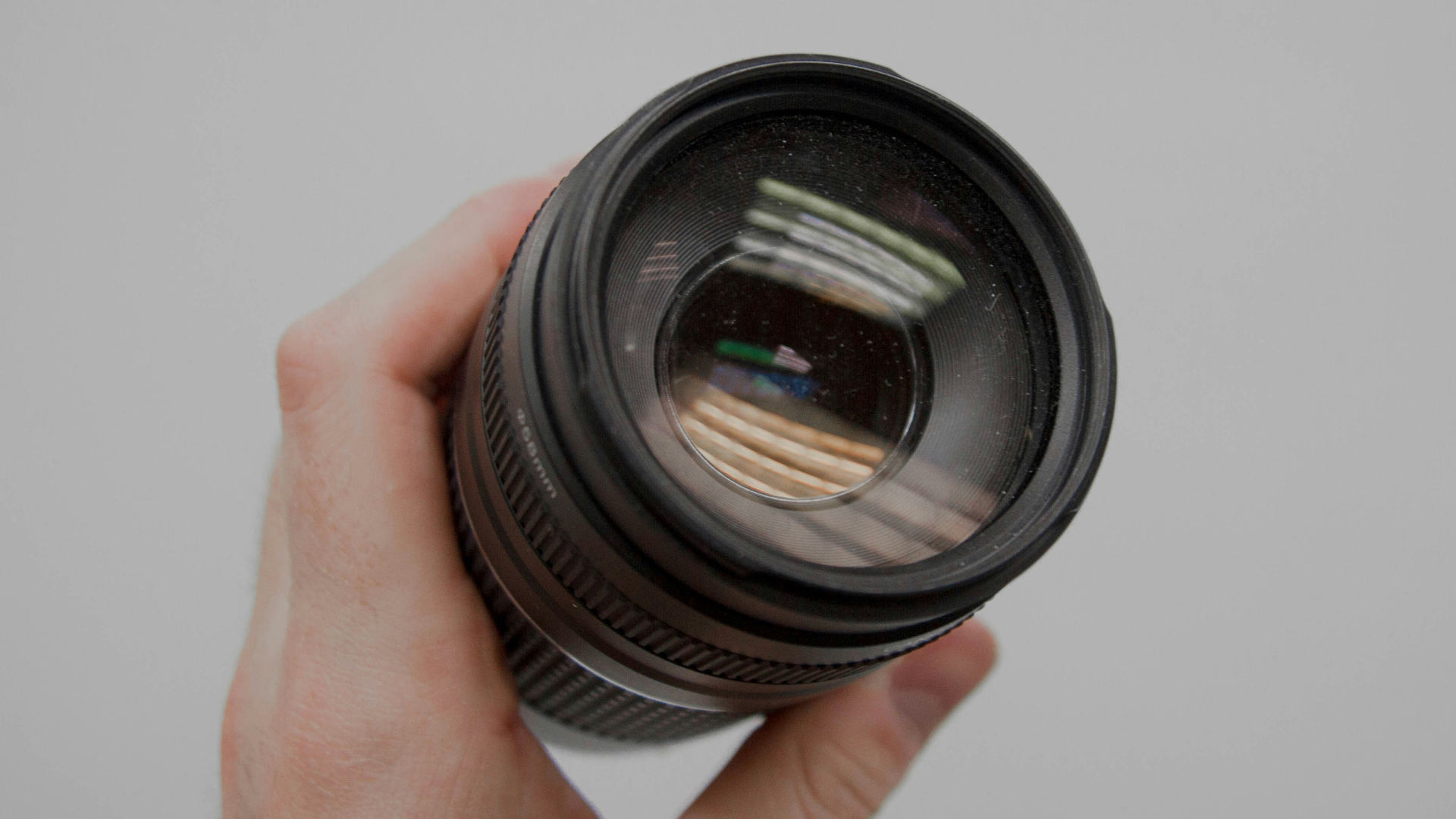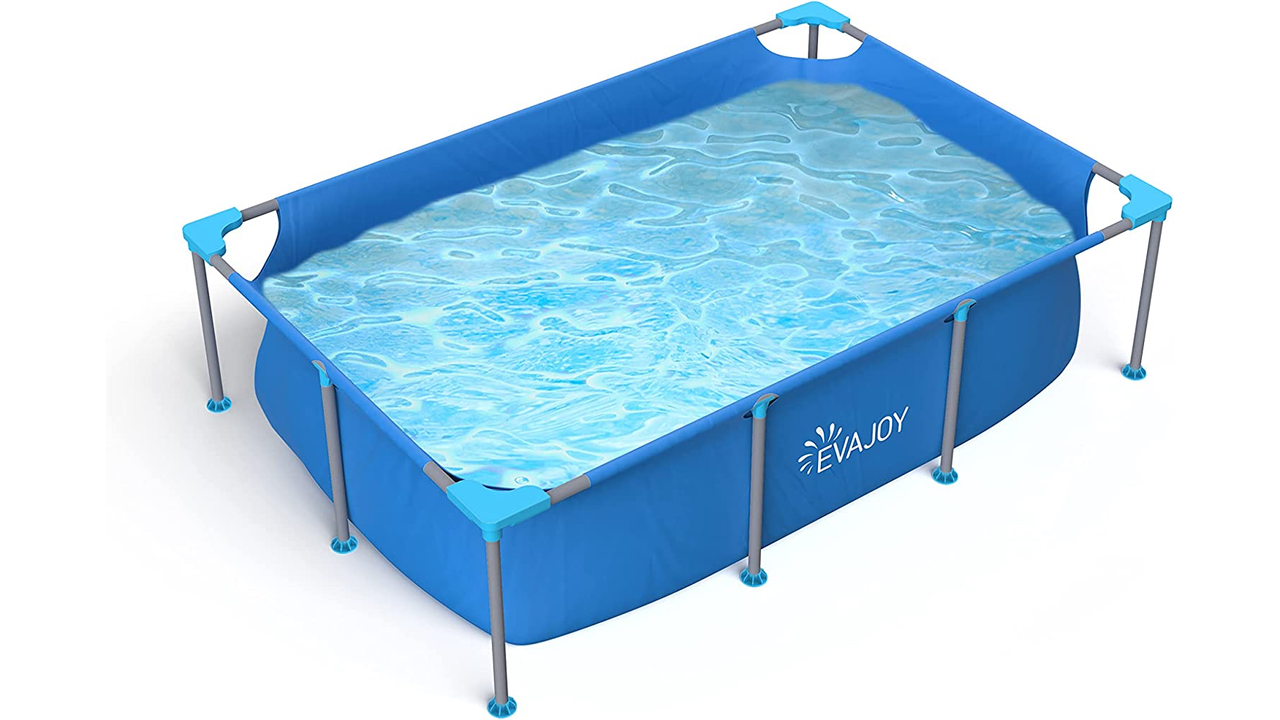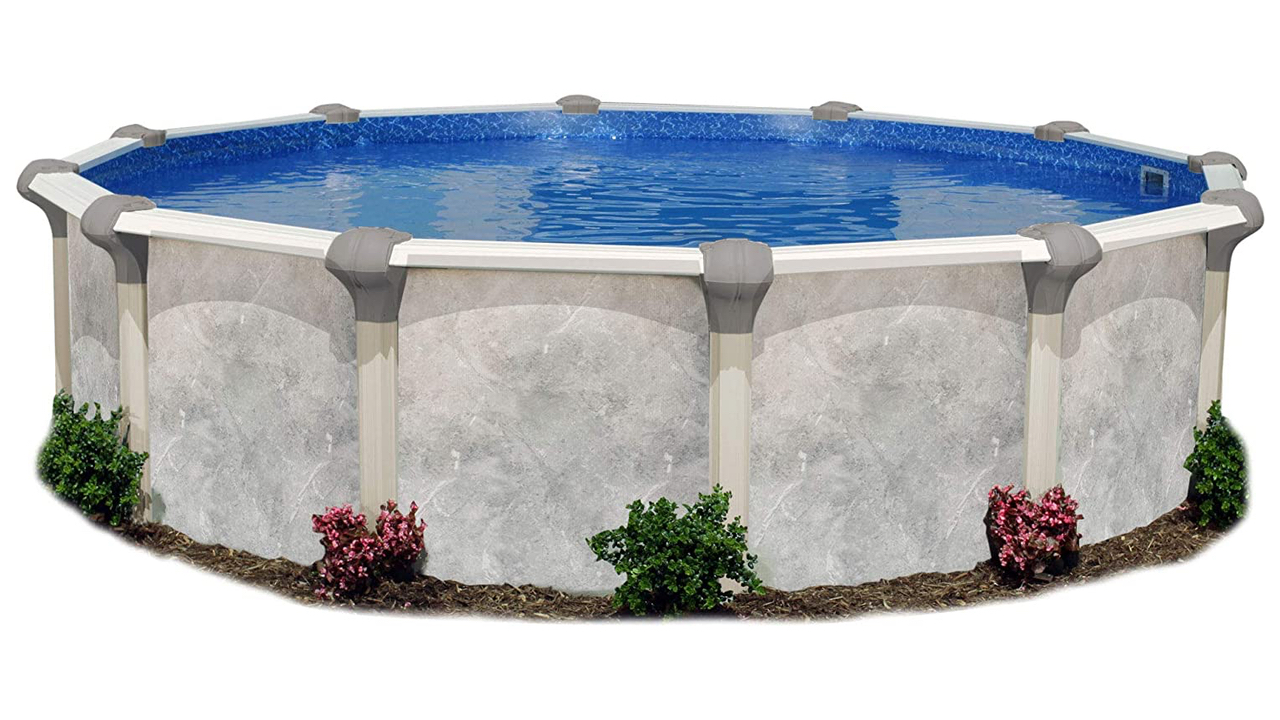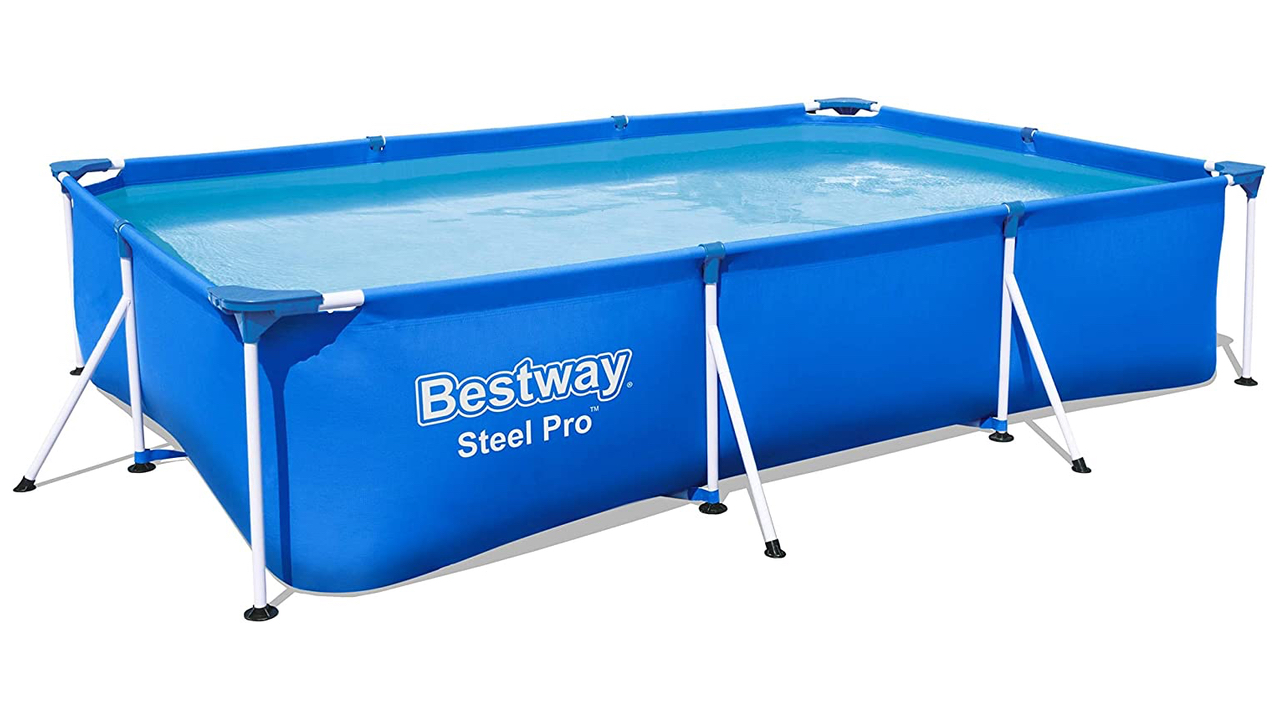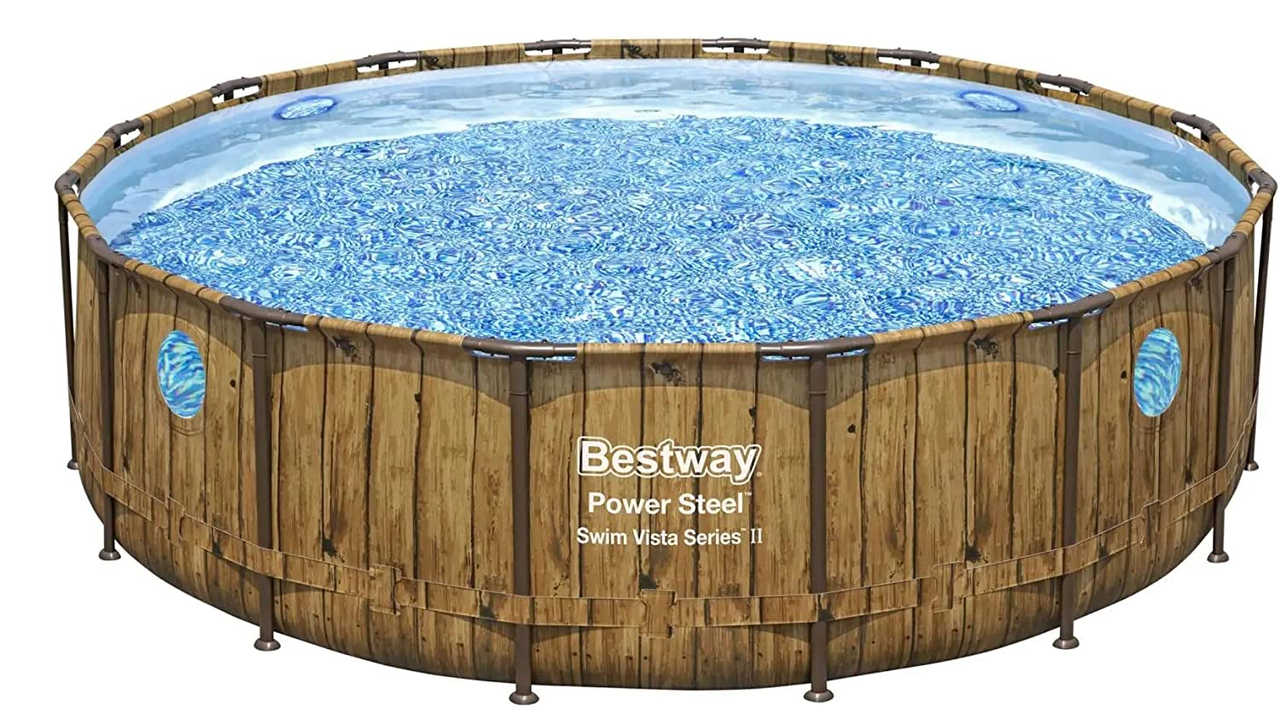Choosing the right lens for your camera can significantly impact your photography, elevating your shots from amateurish to professional. With numerous options available, knowing how to pick lenses can be overwhelming, especially for beginners. This guide will help you understand key factors to consider when choosing a camera lens, so you can make an informed decision based on your photography needs.
Understanding Focal Length
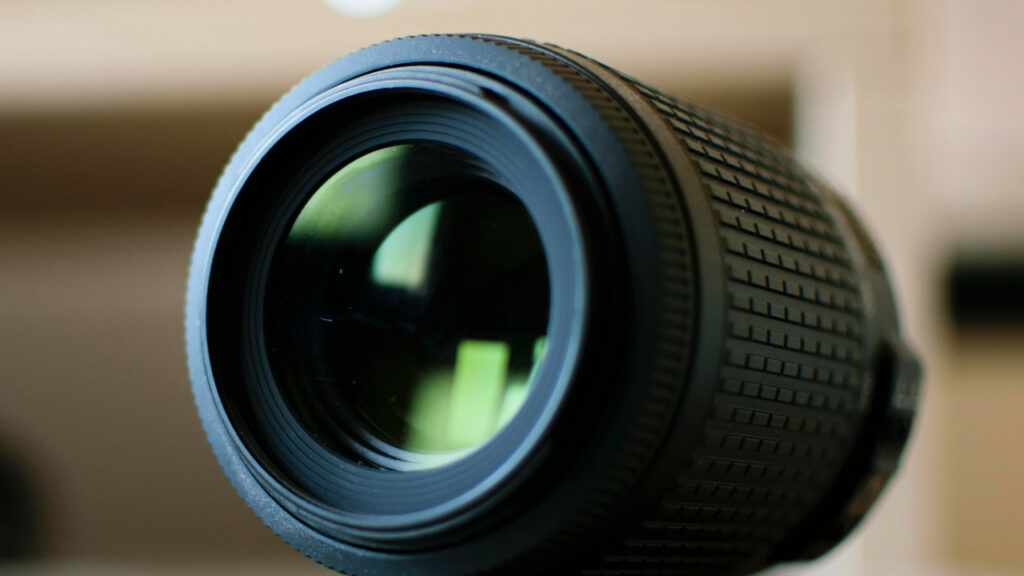
Photo by Jeroen den Otter on Unsplash
Focal length is a crucial aspect of a lens that determines how much of a scene will be captured in your frame. It is measured in millimeters and describes the distance from the lens’s optical center to the camera’s sensor when the subject is in focus. Lenses are categorized based on their focal length, which influences the perspective and composition of your photographs.
Wide-angle lenses, typically ranging from 14mm to 35mm, are excellent for capturing expansive scenes like landscapes and architectural interiors. They allow you to fit more of the scene into the frame, making them ideal for situations where you need to capture as much of the environment as possible. However, wide-angle lenses can sometimes distort images, particularly at the edges, so they might not be suitable for all types of photography.
Standard lenses, with focal lengths around 35mm to 50mm, provide a field of view that closely matches human vision. They are versatile and can be used for various types of photography, from street scenes to portraits. Standard lenses often offer a good balance between wide-angle and telephoto capabilities, making them a popular choice for many photographers.
Telephoto lenses, ranging from 50mm to 600mm, are designed to magnify distant subjects. They are perfect for wildlife, sports, and portrait photography, where getting close to the subject is challenging. Telephoto lenses allow you to capture fine details from a distance, but they can be heavy and require a steady hand or tripod to avoid camera shake.
Aperture Considerations
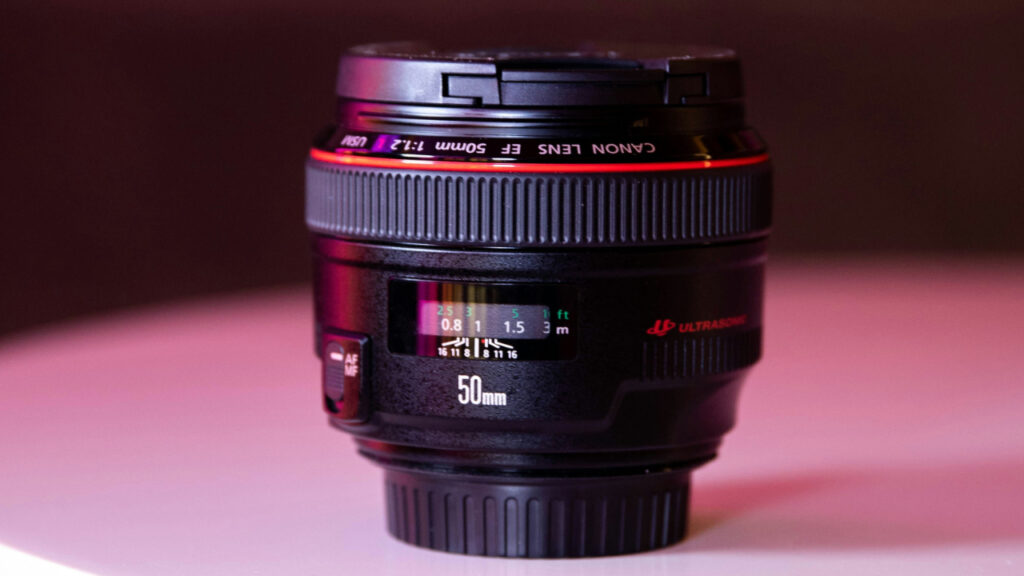
Photo by Charlie Firth on Unsplash
Aperture is the opening in a lens through which light passes to reach the camera sensor. It is represented by f-stop numbers, such as f/1.2, f/2.8, or f/5.6. The size of the aperture affects both the exposure of your image and the depth of field, which is the range of focus in a photograph.
A lower f-stop number, such as f/1.2 or f/1.4, corresponds to a wider aperture that lets in more light. This is particularly useful for low-light conditions, such as indoor or night photography, where more light is needed to capture a clear image. Additionally, a wider aperture creates a shallower depth of field, allowing you to isolate your subject from the background with a pleasing blur, often referred to as “bokeh.” This effect is ideal for portraiture, where you want to emphasize the subject and minimize distractions in the background.
Conversely, higher f-stop numbers, such as f/8 or f/11, indicate a narrower aperture that lets in less light. This results in a greater depth of field, keeping more of the scene in focus. Narrower apertures are useful for landscape photography, where you want both the foreground and background to be sharp and detailed. However, lenses with smaller apertures may not perform as well in low light and might produce images with less contrast.
Prime vs. Zoom Lenses
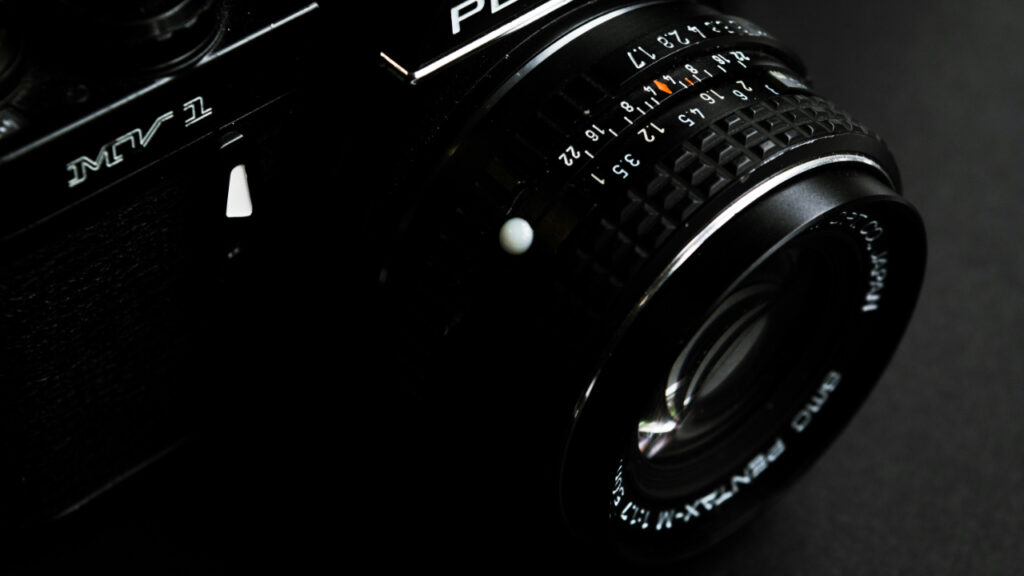
Photo by Adam Birkett on Unsplash
When choosing between prime and zoom lenses, consider how you like to compose your shots and what kind of flexibility you need. Prime lenses have a fixed focal length, which means they offer only one specific field of view. While this might seem limiting, prime lenses often provide superior image quality, better low-light performance, and a wider maximum aperture compared to zoom lenses. They are usually smaller and lighter, making them a good option for street photography or travel.
Prime lenses require you to physically move closer to or farther from your subject to change the composition, which can enhance your creativity and photographic skills. They often come in various focal lengths, such as 35mm, 50mm, and 85mm, each suited for different types of photography. For example, an 85mm prime lens is excellent for portrait photography due to its flattering perspective and ability to produce a beautifully blurred background.
Zoom lenses, on the other hand, offer a range of focal lengths within a single lens, providing the flexibility to quickly adjust your framing without changing lenses. This versatility makes zoom lenses ideal for situations where you need to capture a variety of subjects or scenes without missing a moment. Popular zoom lens ranges include 24-70mm, 70-200mm, and 18-55mm. While zoom lenses can be heavier and more expensive, they offer convenience and adaptability for various types of photography.
Lens Compatibility with Camera Sensors
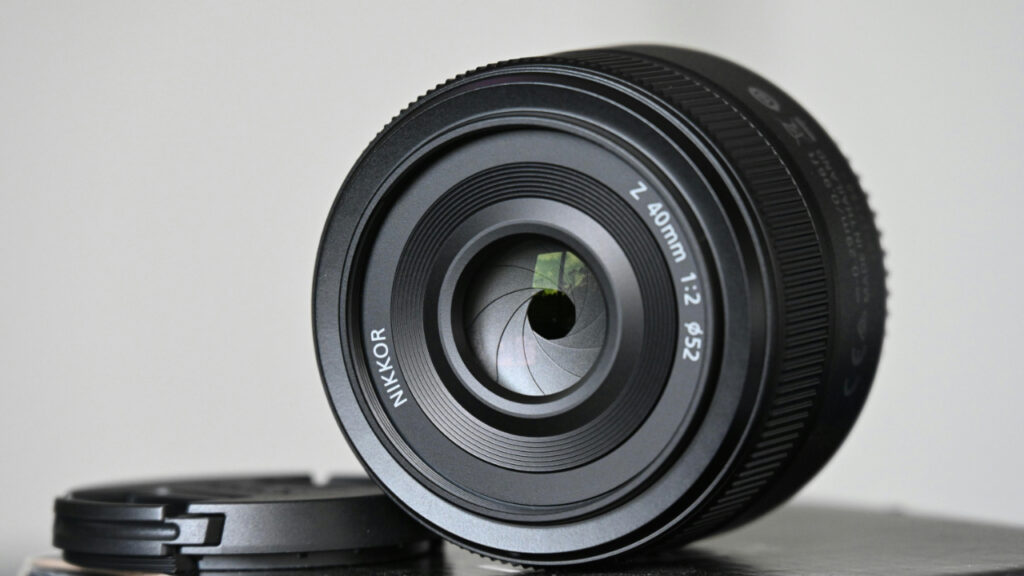
Photo by Toby Hall on Unsplash
Before purchasing a lens, ensure it is compatible with your camera’s sensor size. Digital cameras come with either a crop sensor (APS-C) or a full-frame sensor, and this affects how the lens’s focal length is perceived.
Full-frame sensors capture the entire image projected by the lens, so the focal length you select is the effective focal length. For example, a 50mm lens on a full-frame camera will give you a true 50mm perspective.
Crop sensors, also known as APS-C sensors, have a smaller area compared to full-frame sensors. This results in a crop factor, typically around 1.5x, which effectively multiplies the focal length of the lens. For instance, a 50mm lens on a crop-sensor camera will provide an image similar to a 75mm lens on a full-frame camera. This crop factor can be advantageous for telephoto photography but may limit the field of view for wide-angle shots.
Ensure that the lens you choose is designed to work with your camera’s sensor type. Some lenses are specifically made for crop sensors and may not perform optimally on full-frame cameras, and vice versa. Additionally, manufacturers often produce lenses in different mounts for various camera brands, so verify that the lens mount is compatible with your camera body.
Budget Considerations

Photo by Giorgio Trovato on Unsplash
Budget plays a significant role in how you pick lenses. While high-end lenses from well-known brands like Canon, Nikon, and Sony offer exceptional performance and build quality, they often come with a steep price tag. If you are on a budget, consider third-party brands like Sigma, Tamron, or Rokinon, which provide quality lenses at more affordable prices. These brands often offer lenses with similar specifications to those from major manufacturers but at a fraction of the cost.
When shopping for a lens, evaluate your needs and determine which features are essential. For example, if you frequently shoot in low light, investing in a lens with a wide aperture might be worth the extra cost. If you need a versatile lens for different shooting scenarios, a zoom lens could be a better investment. On the other hand, if you are just starting out, a more budget-friendly option might be sufficient to meet your initial needs.
Manual lenses, which lack autofocus and other automated features, are generally less expensive and can be a good choice for beginners willing to learn manual focus techniques. These lenses often provide a great learning experience and help you develop a deeper understanding of photography.
Final Thoughts
Selecting the best lens for your camera involves considering several factors, including focal length, aperture, lens type, sensor compatibility, and budget. Understanding how each aspect affects your photography will help you choose a lens that suits your specific needs and preferences. Whether you are capturing sweeping landscapes, intimate portraits, or distant wildlife, the right lens can make a significant difference in your results.
Remember, knowing how to pick the perfect lenses for you will depend on your unique style and shooting requirements. Testing different lenses, reading reviews, and seeking advice from experienced photographers can further inform your decision. Investing time in selecting the right lens will enhance your photography skills and help you capture stunning, memorable images.

